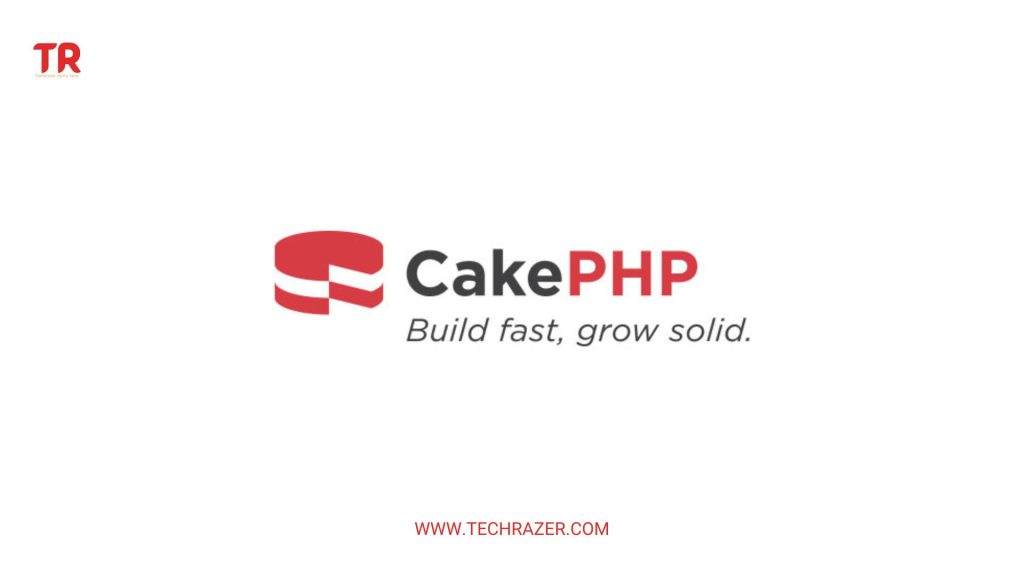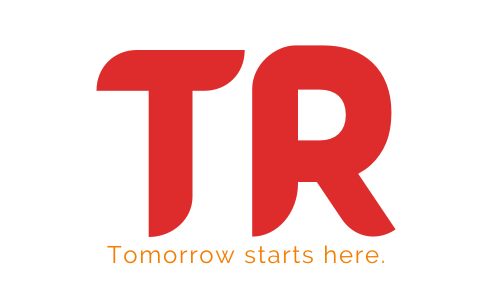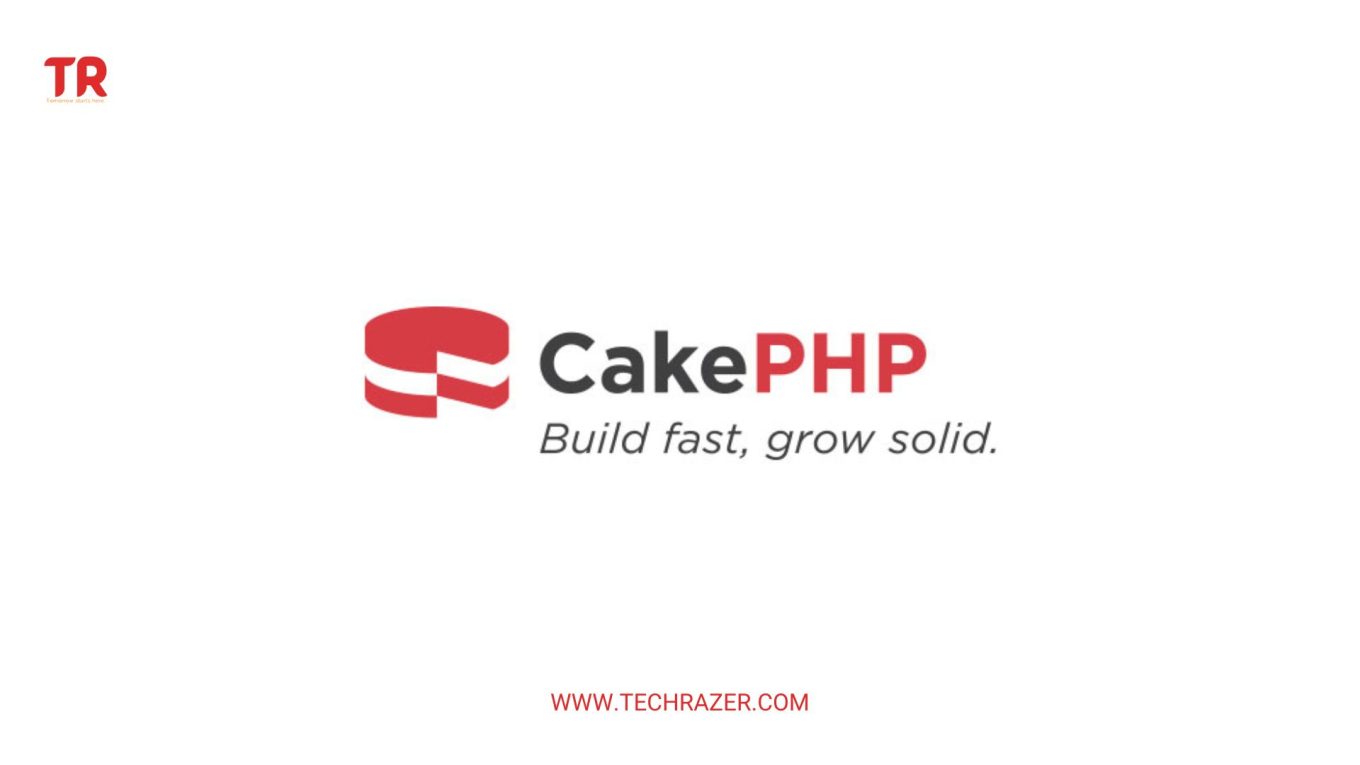Learning the Basics of CakePHP: Getting Started
Table of Contents
- Introduction
- Benefits of using CakePHP
- Features of CakePHP
- How to Get Started with CakePHP?
- Conclusion

Introduction
CakePHP is an open source web development framework written in PHP. It is a powerful and robust framework used to create full-fledged web applications. CakePHP is based on the popular Model-View-Controller (MVC) architecture, which is used to separate the logic and presentation layers of a web application. It is a great choice for web developers who want to create web applications quickly and easily.
It is an excellent choice for those who are new to web development, as it offers a number of features that make it easy to get started. It has an intuitive and user-friendly interface, making it easy to learn and use. It also has a number of libraries and components that enable developers to quickly and easily create a variety of web applications.
One of the most important features of CakePHP is its security. It is highly secure and robust, providing developers with the ability to create secure web applications. It also has a number of features that make it easy to prevent common attacks, such as SQL injection and cross-site scripting.
It also comes with a number of tools and features that help developers create dynamic and powerful web applications. It has an in-built code generator, which allows developers to quickly and easily create web applications without having to write a single line of code. It also has a number of components that enable developers to quickly and easily create web applications with a variety of features and functionality.
It also comes with a number of libraries and components that enable developers to quickly and easily create a variety of web applications. It has an in-built code generator, which allows developers to quickly and easily create web applications without having to write a single line of code. It also has a number of components that enable developers to quickly and easily create web applications with a variety of features and functionality.
CakePHP also provides developers with a range of tools and features that make it easy to create and manage web applications. It has an in-built database layer, which allows developers to quickly and easily create and manage databases. It also has a number of components that enable developers to quickly and easily create web applications with a variety of features and functionality.
Benefits of using CakePHP
The following are some of the key benefits of using CakePHP:
- Easy to Use: CakePHP is a highly user-friendly framework. It has a simple and intuitive interface that makes it easy for developers to get up and running quickly. The framework includes a number of features that make web development simpler and more efficient. For example, it supports code generation, while also providing clear and consistent conventions to help developers quickly create web applications.
- Speed: CakePHP allows developers to quickly build web applications. By providing an easy-to-use framework and tools, CakePHP ensures that developers can move quickly from concept to code. Additionally, the framework is designed to take advantage of PHP’s performance optimizations, allowing developers to create fast and reliable web applications.
- Security: CakePHP provides a number of security features to help developers protect their applications. These features include input validation, SQL injection protection, and data sanitization. Additionally, CakePHP supports authentication and authorization, allowing developers to create secure applications.
- Community: CakePHP is an open-source framework, and as such has a large and active community of users. This community provides developers with a wealth of resources, including tutorials, forums, and support. This community is an invaluable resource for developers, and can be a great help when faced with a difficult problem.
Features of CakePHP
The following are some of the key features of CakePHP:
- Easy to Install: Setting up a CakePHP application is easy and straightforward. It can be installed in a few minutes and requires minimal configuration.
- MVC Architecture: CakePHP is based on the MVC (Model-View-Controller) architecture which makes it easier to develop complex web applications. The MVC architecture separates the application logic from the user interface, allowing developers to focus on the business logic while the views and controllers handle the presentation layer.
- Database Abstraction Layer: CakePHP provides a database abstraction layer which allows developers to write database queries in a consistent way across different database systems. This allows developers to quickly switch between database systems without having to modify the code.
- ORM (Object Relational Mapping): CakePHP provides an object relational mapping layer which makes it easier to work with databases. This layer provides an object-oriented interface to the database and allows developers to work with objects instead of writing SQL queries.
- Scaffolding: CakePHP provides a powerful scaffolding feature which allows developers to quickly generate the basic code for an application. This feature saves developers time by automatically generating the code for the basic structure of an application.
- Code Reuse: CakePHP provides a powerful code reuse feature which allows developers to reuse existing code. This feature makes it easier to write complex applications and reduces the amount of time required to develop any given application.
- Security: CakePHP provides a number of security features which make it easier to protect applications from malicious attacks. These features include built-in encryption, input validation, and SQL injection prevention.
These are just some of the features of CakePHP. There are many more features which make it an ideal choice for building complex web applications.
How to Get Started with CakePHP?
This section will provide step-by-step instructions on how to get started with CakePHP.
Step 1: Setting up the Environment
The first step in using CakePHP is setting up the development environment. This involves installing PHP, as well as Apache or Nginx, and a database. It is important to ensure that the versions of these components are compatible with the version of CakePHP being used.
Step 2: Download and Install CakePHP
Once the environment is set up, the next step is to download and install CakePHP. The latest version of CakePHP can be downloaded from the official website. Once downloaded, the application should be extracted and placed in the server root directory.
Step 3: Configure CakePHP
Before CakePHP can be used, it must be configured. This is done by editing the ‘config’ file. This file contains a number of settings that can be used to customize the application. The ‘database’ configuration is used to connect CakePHP to the database, while other settings can be used to customize the application.
Step 4: Create the Database
The next step is to create the database. This can be done using the command-line tools, or by using a GUI application such as phpMyAdmin. Once the database is created, it should be populated with the tables and data required for the application.
Step 5: Create the Models
The next step is to create the models. Models are the foundation of CakePHP, and are used to interact with the database. Models are created by creating classes in the ‘models’ folder. Each model class should extend the ‘Model’ class, and should contain methods for interacting with the database.
Step 6: Create the Controllers
The next step is to create the controllers. Controllers are responsible for receiving requests from the user and performing the necessary actions. Controllers are created by creating classes in the ‘controllers’ folder. Each controller class should extend the ‘Controller’ class, and should contain methods for performing the necessary actions.
Step 7: Create the Views
The next step is to create the views. Views are responsible for presenting the user with the output of the application. Views are created by creating files in the ‘views’ folder. These files should contain HTML and JavaScript, along with variables that can be populated with data from the model.
Step 8: Create the Routes
The next step is to create the routes. Routes are responsible for mapping URLs to the appropriate controller and action. Routes are created by adding entries to the ‘routes’ file. Each route consists of a URL pattern, a controller, and an action.
Step 9: Test the Application
The final step is to test the application. This can be done by loading the application in a browser and testing the various features. It is important to ensure that the application is working correctly, and that all features are functioning as expected.
Using CakePHP can be an effective way to quickly build robust web applications. By following the steps above, developers can quickly create web applications from simple and powerful architecture. The framework provides a number of features that make web development simpler and more efficient, while also providing security features to help developers protect their applications. Additionally, the large and active CakePHP community provides developers with a wealth of resources, making it an invaluable resource for developers.
Conclusion
CakePHP is an open-source web framework based on the Model-View-Controller (MVC) architectural pattern. The framework provides developers with an extensible architecture for developing, maintaining and deploying web applications. This article provided step-by-step instructions on how to get started with CakePHP. The steps include downloading and installing the framework, setting up the database, creating the application folder, configuring the app folder, creating the controller, creating the views, creating the model, and setting up the routes.

